Visiting Turtle Sanctuaries in Malaysia (and elsewhere)
When we booked a stay at Lankayan Island, off the east coast of Malaysian Borneo, our intention was a little rest and relaxation and a little diving. That’s all.
What we didn’t think about was visiting turtle sanctuaries or seeing sea turtles hatching. Yet the turtle sanctuary on Lankayan became a highlight of our trip.
Turtles hatching in a turtle sanctuary
On the very first afternoon, a few hours after we arrived, we heard that some sea turtles were hatching. The news seemed to spread in the air; it reached us via a little Dutch boy who happened to be nearby us in the main building that afternoon.
Hurrying to put on our shoes at the main building entrance (no shoes allowed inside) we followed the little boy and his family to the island’s turtle hatchery.
Despite that it was called a hatching, we weren’t really there to see a hatching. The baby turtles had already hatched, but were still covered in sand in the hatchery’s “nest.”
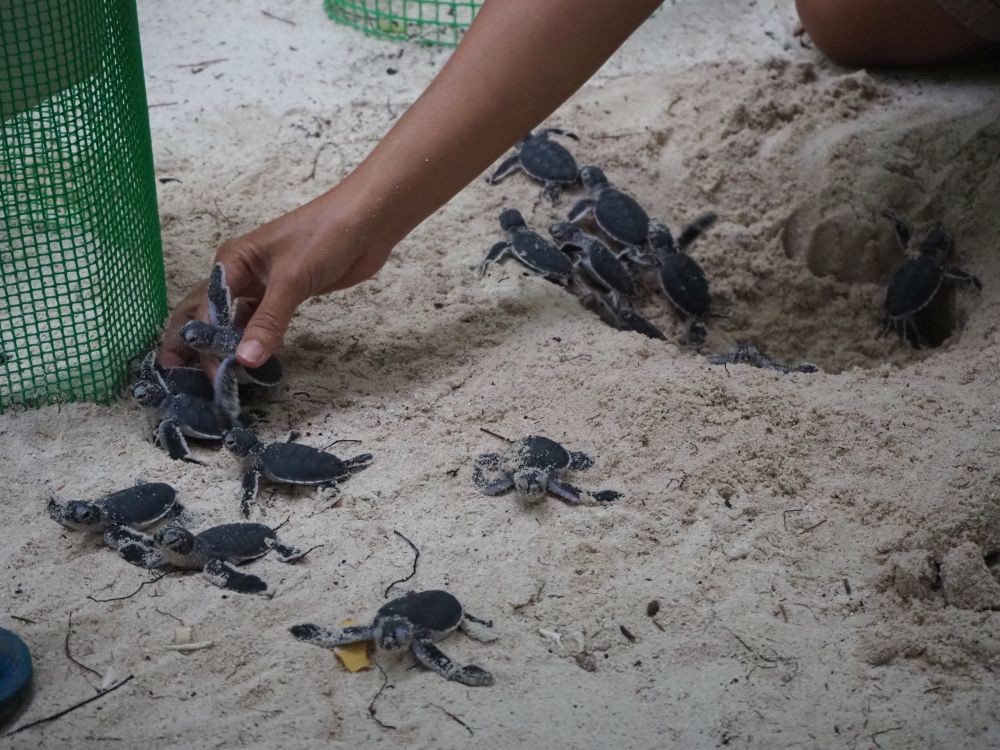
We visitors stood around the turtle nests, cameras at the ready. Two staff members appeared. One was a marine biologist, and she explained what they were doing and why. The other knelt next to the “nest” and started to dig gently in the loose sand with her hands. Gradually, her digging revealed the baby turtles, which wiggled and waved their flippers, trying to climb out of the nest. Some succeeded, but the woman caught them in time, placing them in a plastic tub – the kind normally used for doing dishes.
Apparently, she was counting as she picked up the baby turtles, because once she’d caught them all, the marine biologist announced that 75 had hatched, out of an original egg count of 83. She explained that more might hatch in the next week, and they’d keep checking. She also explained the need for a hatchery, reminding us that sea turtles are threatened and a hatchery increases the babies’ chances for survival:
- Sometimes, if it’s high tide or the mother turtles choose the wrong point on the shore to dig their nests, they lay their eggs up next to the jungle. This makes the eggs easy prey for a range of birds and animals.
- When a monsoon hits, the eggs can get, in effect, drowned.
- Turtles don’t consider what other nests are already in a particular place, and can dig their nests too close to one that is already there, killing the eggs, or exposing them to predators.
Instead, the Lankayan turtle hatchery collects the eggs after they are laid and re-buries them in this hatchery. The hatchery is a sand-filled pen, raised from the ground and fenced, blocking the usual predators, and each nest is also individually fenced and tagged to keep track. The eggs hatch exactly two months later, so the team knows when each nest will hatch and be ready for release.
Releasing the turtles
Carrying the plastic tub full of hatchlings to the beach, the marine biologist drew a large U-shaped line in the sand with the open end at the water’s edge. She instructed us to stay behind the line so the turtles would have a straight shot to the water. Placing the tub at the closed end of the U, she tipped it up, and the turtles tumbled out.
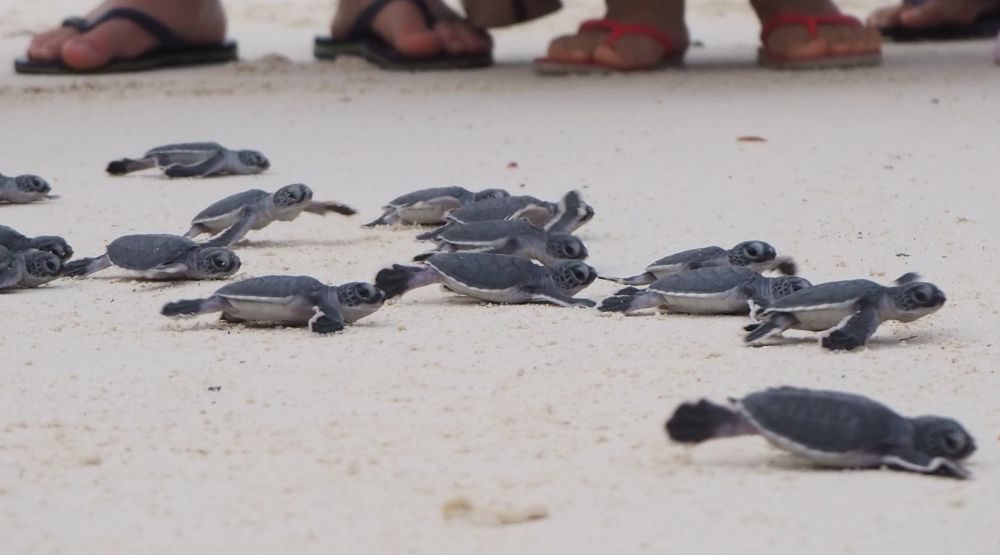
The babies wasted no time, running – to whatever extent a turtle can run – toward the water. They clearly knew where to go, and the marine biologist explained that it might be because of the slope of the sand down toward the water, but it could also be something about the light sand versus the darker sea. In any case, she said, it’s important that they travel that last several meters themselves, because they imprint on the place where they enter the sea. In twenty years or so, if they survive, they’ll return to this place to build a nest and lay eggs. This is a very long-term project.
We laughed at the sight of the turtles’ quick rush to the sea, and smiled to see them swim when they reached the water, their tiny heads poking up above the surface. Here’s a video showing both of the releases we witnessed:
You might also enjoy these articles:
- Lankayan Island resort in Malaysian Borneo
- Gomantong Cave in Borneo: A warning
- 10 Travel Risks NOT worth taking
- Choosing a travel destination: LOTS of recommendations
Green turtles and hawksbill turtles
We were fortunate enough, on our visit, to witness this sight two evenings in a row, once with baby green turtles and once with baby hawksbill turtles. The hawksbills were distinctly slower in their progress from tub to sea, but just as much fun to watch. This time there were more of them: 80-something out of 90-something.
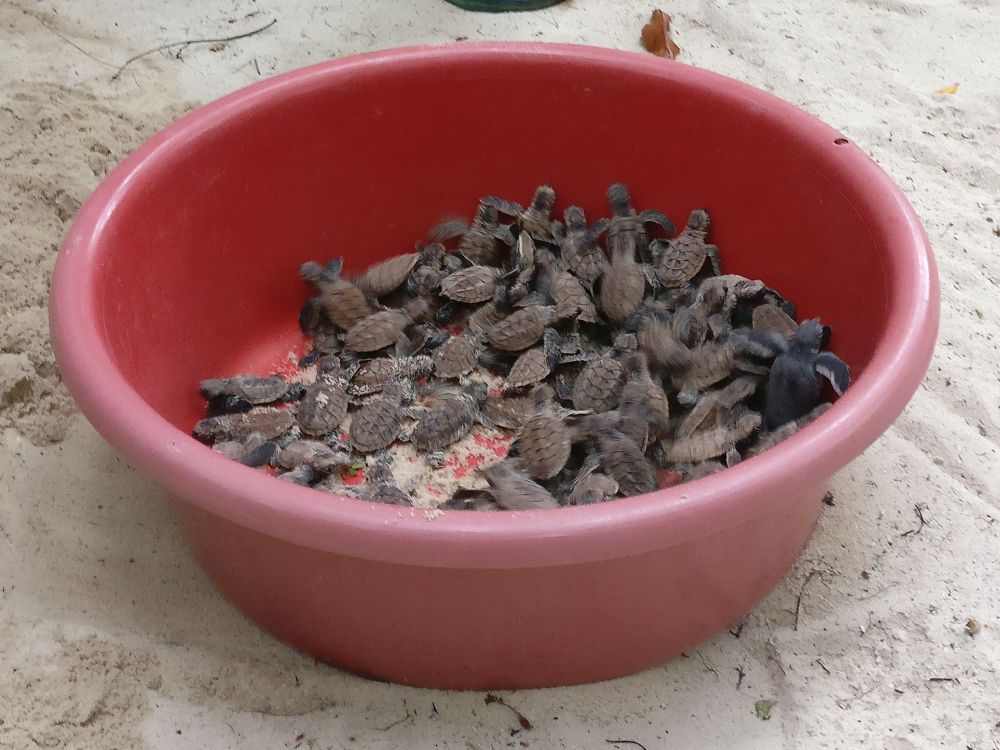
We were saddened – and some of the children present were quite upset – to see, after the turtles reached the water and swam out to sea, that a large fish attacked some of them. As far as we could make out in the dim light of dusk, it was eating each one in a single bite, then swimming on to the next. We just hoped some of them made it to the safer coral reef further out from the beach. The marine biologist said that perhaps one in a thousand can be expected to survive to adulthood. With odds like that, the importance of turtle sanctuaries is clear.
Egg-laying
The Lankayan turtle sanctuary also has to keep track of turtles laying eggs so that they can collect them. Surveying the beaches daily and nightly, they record any nests or attempts to nest – for example, one turtle who started a trip up the beach while we were there, but turned back when she encountered a fallen log. She would no doubt find another nearby location.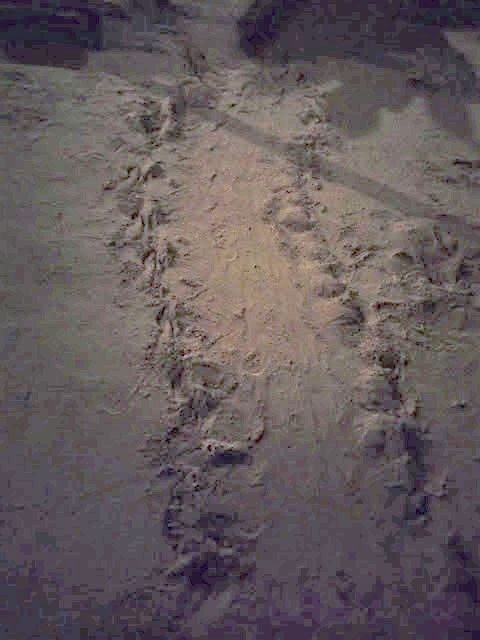
On our last night, word spread that a turtle was laying eggs next to chalet 26. Hurrying down the boardwalk, we joined the semi-circle of onlookers around the nest. A huge green turtle, about a meter long, was busy laying about a hundred eggs in a hole she’d dug with her flippers underneath the boardwalk. She didn’t seem disturbed by our presence, and we watched until she finished and started burying the pile of eggs she’d produced. She did this at first with her back flippers, sweeping sand over the eggs.
While she laid the eggs, a staff member measured her shell by the light of a flashlight and checked her front flipper, finding a tag that he could use to identify her. These tags allow researchers to see whether they are returning to a location they’ve laid eggs in before. If the turtle returns, it means she considers it a good spot. It also allows researchers to keep track of the quantities of eggs that individual turtles produce.
The staff member told us that it would be at least an hour before she finished building the nest and returned to the sea. We went back to our chalet to pack for our departure the next morning.
When we were done, we returned to the nest. By this time, the turtle had moved about two meters along the boardwalk from where the eggs lay buried. She had swept sand behind her, using both front and back flippers, gradually moving forward and creating a long, low hill of sand. Presumably this construction helps to confuse possible predators, covering the eggs quite thickly and also making the nest so big that predators would not know in which part of the sand pile the eggs were hidden.
We waited a while, conversing with the few other tourists who had remained to see the turtle leave. And eventually she did. She pulled herself out from her hole next to the long hill she’d built and shuffled her way to the sea, ignoring our presence on both sides of her. “Walking” seemed hard work, given her size, but I imagined her physical relief as she entered the water and felt the buoyancy.
The staff member had wisely marked the original nest by sticking a pole in the sand next to it. As soon as she left, he and a colleague got busy unburying the eggs, lining them up neatly on the sand for counting. There were 86 ping-pong-ball sized eggs. These would be buried in the hatchery to be released in two months.
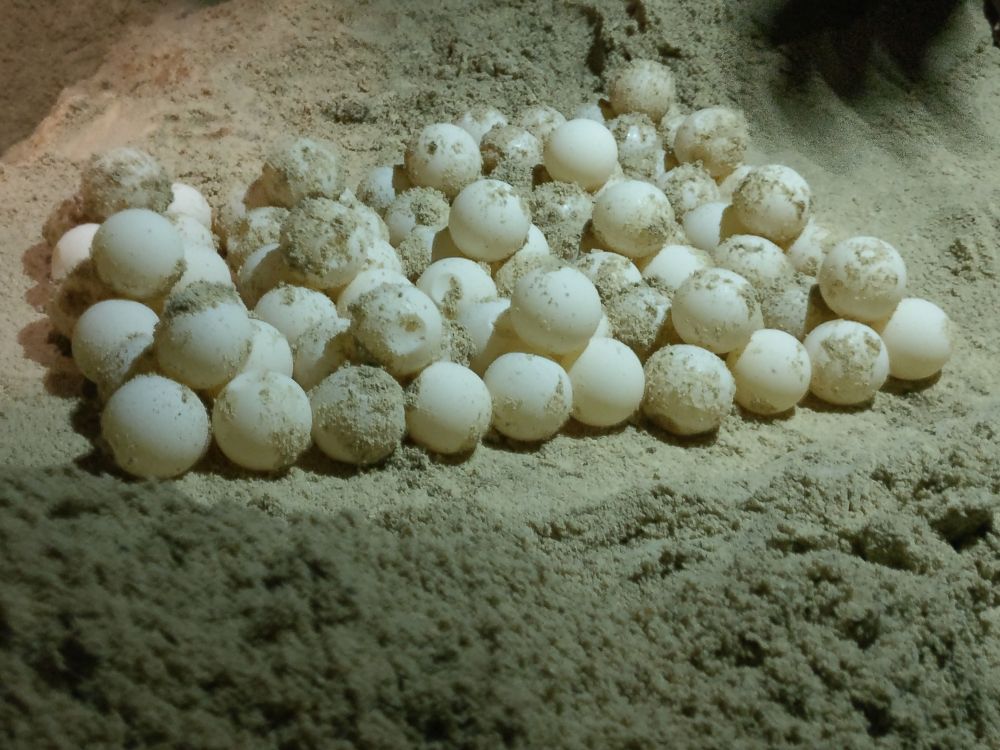
Other turtle sanctuaries around the world
We enjoyed seeing this turtle hatchery so much that I sat down to learn a bit more about it online. I discovered that there are turtle sanctuaries in many other parts of the world working on the same effort: increasing sea turtles’ chances in today’s less hospitable oceans. So I asked fellow travel bloggers to contribute their experiences at other turtle hatcheries. Here are the results, starting with another Malaysian one:
Juara Turtle Project in Malaysia
Contributed by Emma Walmsley of Small footprints, big adventure
Juara Turtle Project is on Tioman Island, Malaysia, and works hard to ensure the two remaining species of turtles continue to return to the island each year. JTP relocates eggs to their hatchery for careful monitoring and release, as well as educating locals, visitors and school groups about conservation matters. The Project also accepts unskilled volunteers to help with most aspects of their work, which was a wonderful experience to have.

My family and I volunteered for a week at JTP and were able to help with general tasks, giving talks to visitors, beach patrols, relocating a nest of eggs to the hatchery, and releasing many little hatchlings. We also learnt much about sea turtles and made many new friends also passionate about making a difference, in a welcoming and happy environment. It was a wonderful week!
Totuguera National Park in Costa Rica
Contributed by Kaila Yu at NomList
Here is an ethical and safe place to see turtles in their natural habitat. You can pay a sum of money to them and receive certification through a special training program that will enable you to walk along the beach and observe the turtles during the nightly turtle watch expeditions.
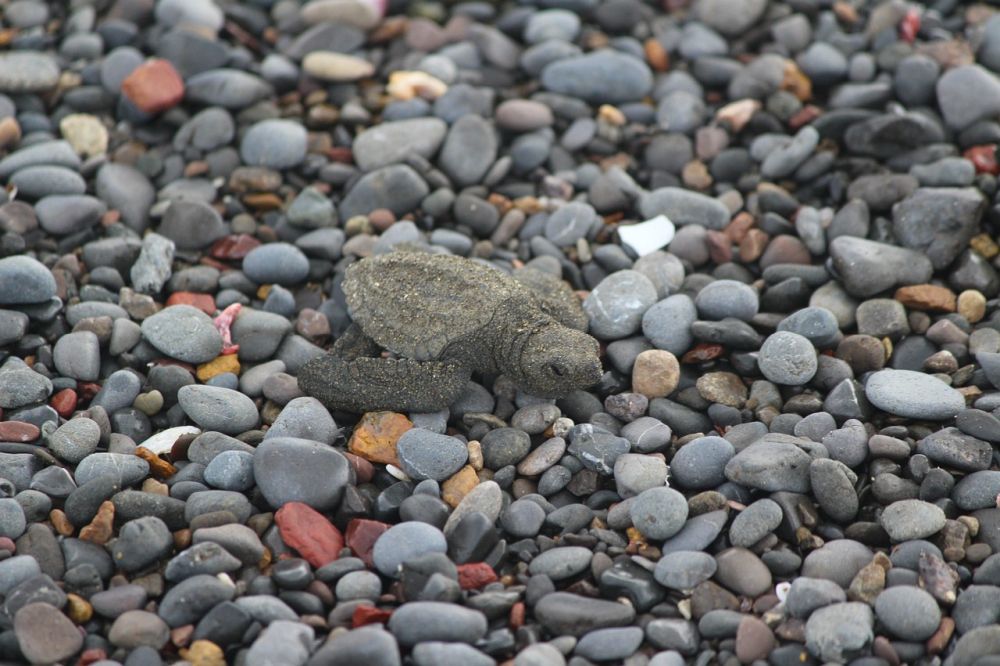
A local will guide you along so that you can walk the black sand beach and see the live turtles moving about. They certainly are interesting, and you will gain new appreciation for them! Turtles are tagged and watched by researchers for conservation. Local volunteers also help with the efforts.
Apo Island Turtle Sanctuary in the Philippines
Contributed by Ruben Arribas of Gamintraveler
During our visit to Dumaguete in Negros Oriental, we were lucky enough to go on a day trip to Apo Island, one of the few places in the Philippines that’s home to a turtle sanctuary. We had the most amazing time snorkeling and swimming with the awesome turtles of Apo Island, especially the little one, Han, who has never seen turtles up close before.

Apo Island works with Large Marine Vertebrates Research Institute (LAMAVE) to help understand the turtle population in the area.The Apo Island Protected Landscape and Seascape works under the Coastal Conservation and Education Foundation (CCEF) and is based on the island itself. With the help of local government units, the local communities and the academe, Apo Island has remained an ethical site for swimming with turtles. We definitely encourage eco-tourists and adventure seekers to come visit Apo Island in the Philippines!
Ras Al Jinz Turtle Reserve in Oman
Contributed by Emily Lush at Wander-Lush
Located on the far eastern tip of the Arabian Peninsular, the beaches around the fishing village of Ras Al Jinz in Oman are a popular nesting spot for Green Sea, Olive Ridley, Loggerhead and Hawksbill turtles. According to some sources, it’s one of the few places on Earth where turtles are almost guaranteed to nest 365 days a year. When we visited Ras Al Jinz in September, we saw no fewer than three turtles nesting, plus thousands of hatchlings making a break for the surf.
The Turtle Reserve at Ras Al Jinz covers 45 kilometres of Omani coastline. It was established in 1996 specifically to protect turtle habitat. A Turtle Centre was added in 2008 to offer tours and accommodation in the form of eco tents. The only way to lawfully enter the beach at Ras Al Jinz is by joining one of the nightly excursions from the Centre.
Sea Turtle Hatchery and Rescue Centre in Sri Lanka
Contributed by Erin and Ryan of Downbubble
Just outside Hikkaduwa in the south of Sri Lanka you can find this privately run hatchery and rescue centre. Although privately run, the centre has permission from the Sri Lankan government to keep some of their female baby hatchlings up to 5 years to better ensure that these turtles survive to their breeding age of 20. As a result of this program running for so many years there are now adult sea turtles that return down to the Hikkaduwa main beach happy to be hand-fed sea grasses and swim with visiting tourists! At the hatchery you can see turtle egg mounds, baby turtles and a number of rescued adult turtles missing 1 or 2 fins from shark attacks or fishing nets brought in by local fisherman. The hatchery is open daily from 9am-6pm and most days you can return around 5pm to help release baby turtles on the adjacent beach.
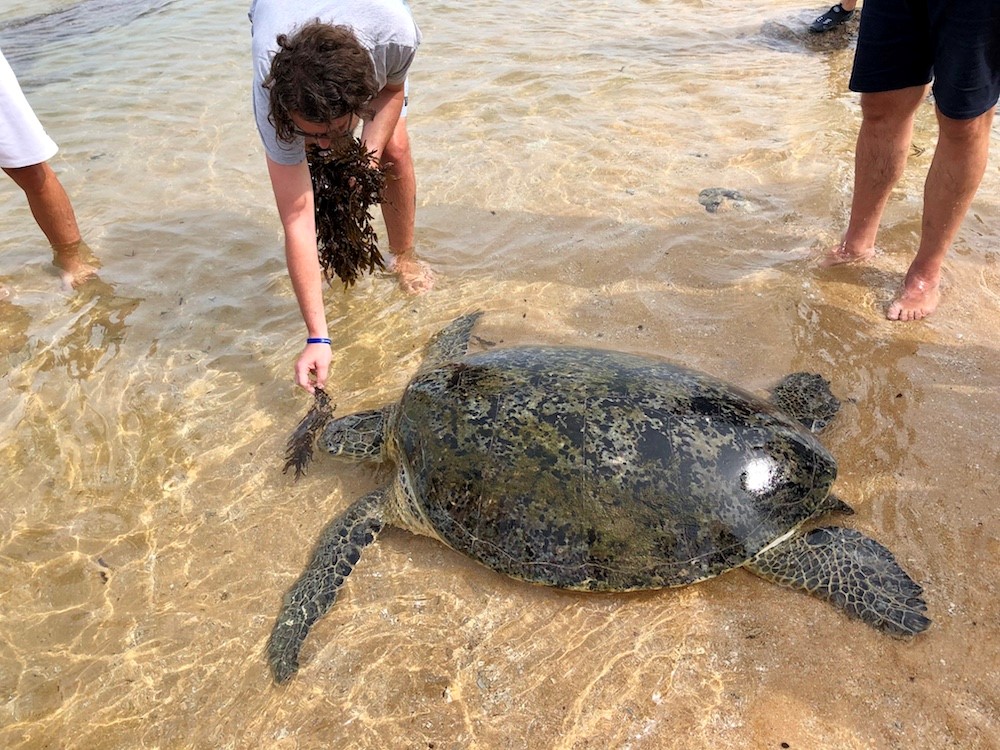
Have you visited any turtle sanctuaries? If so, please add a comment below! And please share this post on social media!


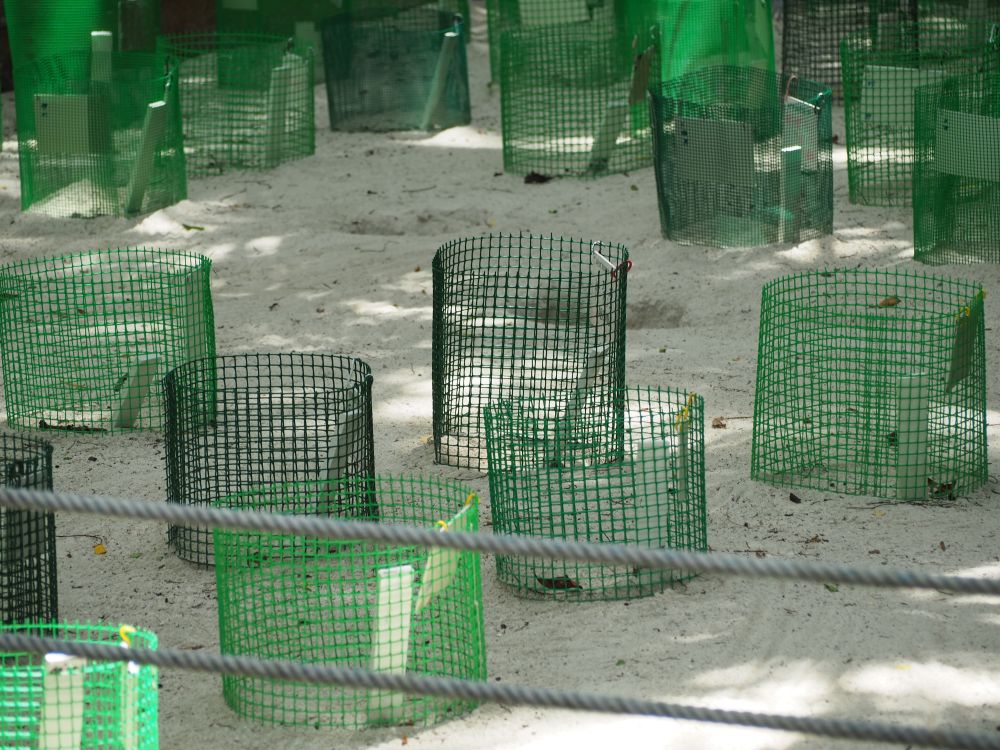
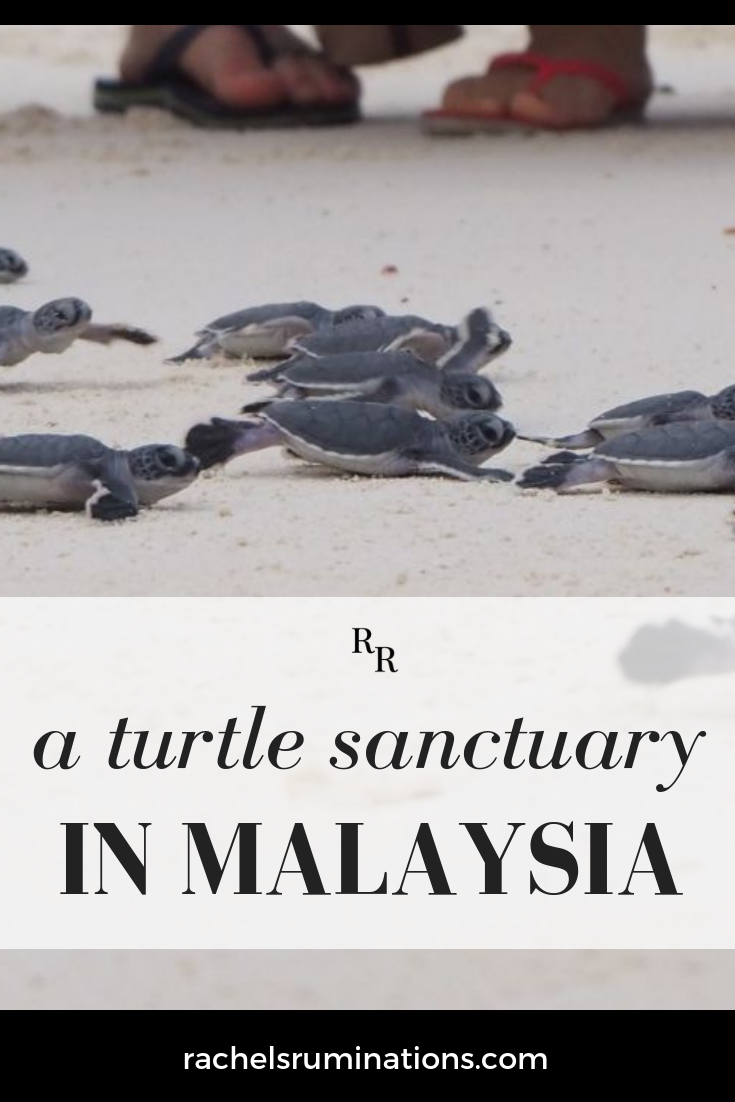
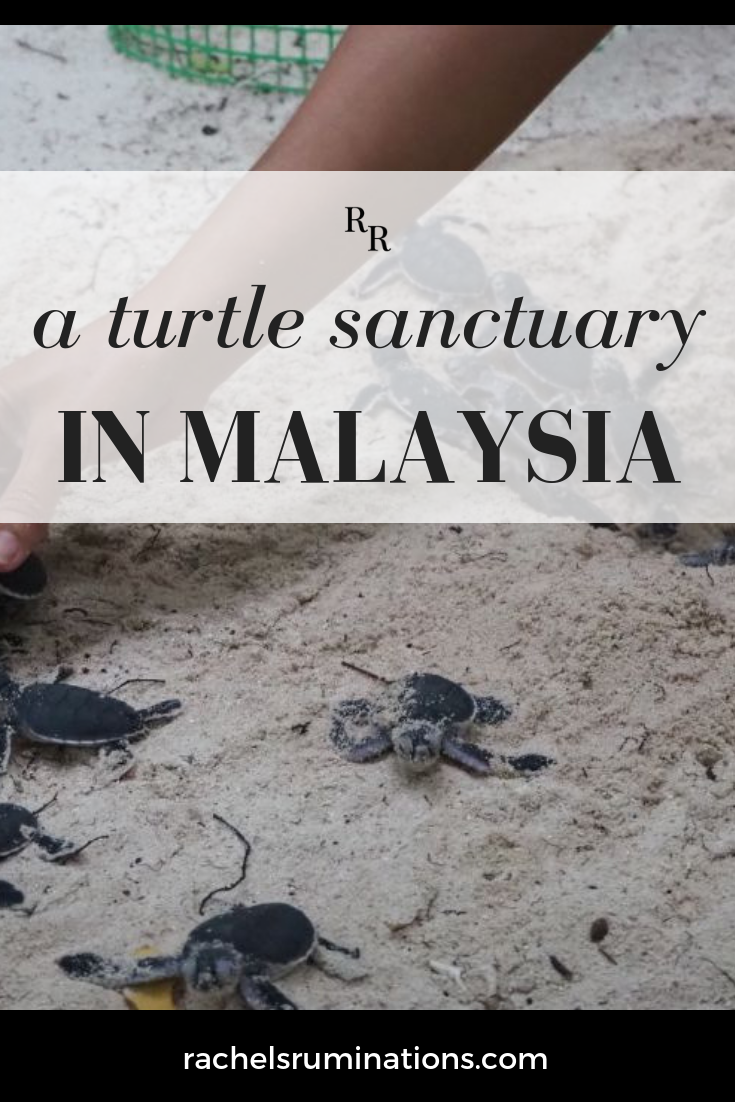

Turtles are my favorite animals! Especially the babies – they’re so cute!!! I didn’t know for this beach in Malaysia to be honest, but I would like to visit it one day 😀
This one is VERY obscure so it’s not surprising you haven’t heard of it. It’s a tiny island with only one resort on it, and it’s quite far away from the “mainland” of Borneo, out near the sea border with the Philippines.
I have never been to a turtle sanctuary. The turtles look very cute and they seem to be very peaceful. I don’t like the idea that humans are touching them. But I believe they are safe there.
This particular sanctuary does not let anyone but their employees touch them, while some sanctuaries do let tourists touch them. The point is that more of them hatch if their nests are moved this way than if they’re left to luck. So hopefully more of them will survive to adulthood than if they didn’t have this help.
I was sad to read the part where the turtles got attacked by the fish. I think I would be crying too. It’s a good thing sanctuaries like this exist to give these creatures a helping hand. I hope to visit one soon.
Ahhh stop!! This is so cute!! I’ve never gotten round to see one of these sanctuaries but I was very near one in Penang!
Haha! Too bad you missed it. It never would have occurred to me to visit a turtle sanctuary. I went there because it just looked so idyllic in the photos and had a dive center. The turtle sanctuary was a pleasant surprise for me.
Last November while visiting Nicaragua I helped get some baby sea turtles safely into the ocean. It was a magical experience. Thanks for posting this, visiting Malaysia is now high on my list!
Go for it!
I haven’t ever been to a Turtle Sanctuary but it’s something I have been thinking of adding to my bucket list. Just the experience of watching baby turtles hatch and released into the sea sounds like a pretty cool one. I live not too far from Oman and Ras Al Jinz hatchery is one I can visit quite easily over a long weekend!
You could get there in a weekend? Go for it!
OMG! naww I have never seen such tiny turtles! makes me want to go Malaysia right NOW! Also, liked your videos. fingers crossed i get to visit soon!